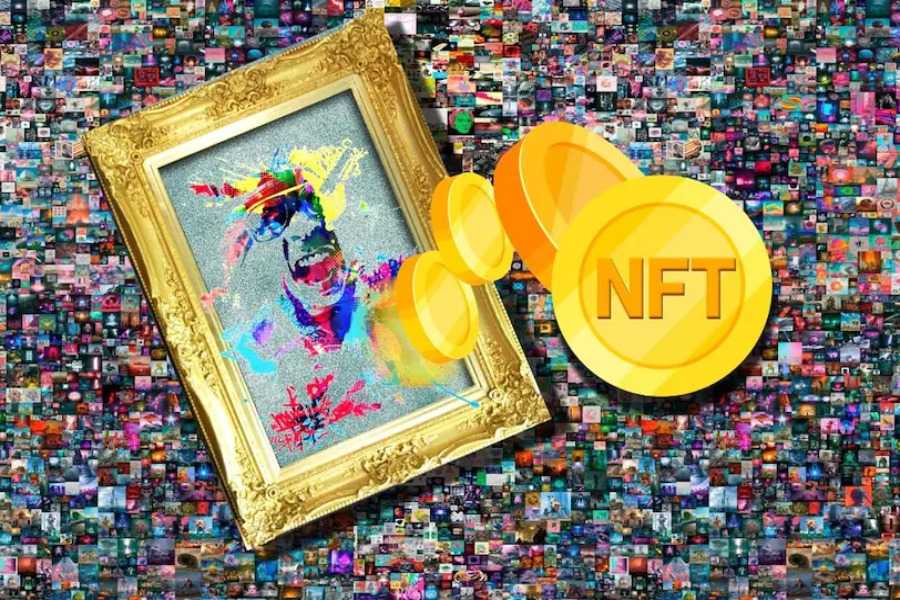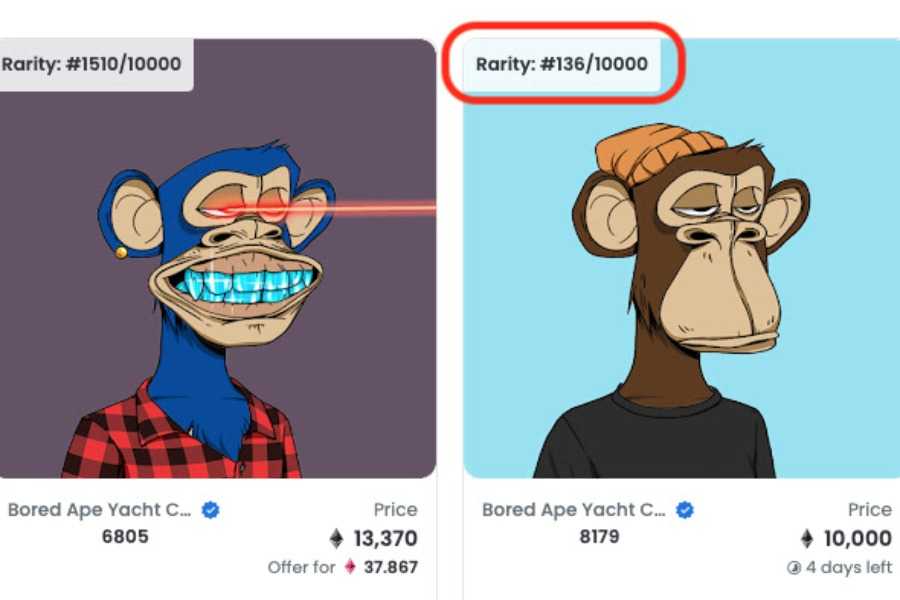
How to Check If your NFT is Legit?

Table Of Contents
If you are an NFT owner, you might be wondering how to check if your NFT is legit.
The world of Non-Fungible Tokens (NFTs) has exploded in popularity, with artists, creators, and collectors flocking to this new frontier in digital ownership. However, with this surge in interest comes a rise in scams and fraudulent activity.
As an NFT enthusiast, it’s crucial to know how to verify the authenticity of an NFT before making a purchase. This guide will walk you through the steps to ensure your NFT is legit.
Understanding NFT Storage: Where Does Your NFT Live?

Contrary to popular belief, the actual data of an NFT, such as the digital artwork, does not live on the blockchain. Instead, the blockchain holds a token that references a piece of data stored off-chain. This data could be stored on a decentralized distributed storage system like the InterPlanetary File System (IPFS) or on a centralized server like Google or AWS.
The problem with centralized solutions is that they require constant maintenance. If the server goes down or the monthly bills aren’t paid, the data could be lost forever. On the other hand, decentralized storage systems distribute your data across a network, ensuring it can be recovered even if some nodes go down.
When you buy an NFT, you’re buying ownership of the token, not necessarily the art or its underlying intellectual property. This distinction is crucial to understand as it underscores the importance of verifying the legitimacy of the NFT you’re purchasing.
Verifying NFT Authenticity: A Step-by-Step Guide

One of the most effective ways to verify an NFT’s authenticity is by checking its contract address on a blockchain explorer like Etherscan. Here’s how you can do it:
Find the Contract Address: This is usually provided by the NFT creator. It’s a unique identifier that points to the smart contract that governs the NFT. You can usually find this on the NFT marketplace where the NFT is listed.
Check the Token Standard: Authentic NFTs typically use the ERC-721 token standard, although some may use the newer ERC-1155 standard. Be wary of NFTs using different standards, as they might be scams. The token standard is important because it ensures that your NFT is compatible with the wider Ethereum ecosystem, including wallets and other marketplaces.
Check the Tracker: The tracker should match the name of the NFT project. If it doesn’t, it could be a red flag. This is because scammers often create fake NFTs that mimic popular projects. By checking the tracker, you can ensure that the NFT is part of the official project.
Check the Links: Legitimate NFT projects usually link to their social media profiles and official website. These can provide additional confirmation of the project’s authenticity. You can also check these platforms for announcements about the NFT release to ensure that it’s legitimate.
Check the Ownership History: Authentic NFTs will have a clear ownership history that you can trace back to the original creator. If the NFT has been transferred multiple times in a short period, or if the ownership history is unclear, it could be a sign of a scam.
Remember, the contract address is the most reliable source of truth when it comes to NFT authenticity. If you’re ever in doubt, refer back to the contract address and verify it against the details provided by the NFT project.
Checking NFT Rarity: How Rare is Your NFT?

Another aspect to consider when purchasing an NFT is its rarity. Some NFTs are part of a larger collection, with each individual NFT having different attributes that make it more or less rare within the collection.
Platforms like Pastel have developed tools that allow you to check the rarity of an NFT within its collection. These tools analyze the NFT and provide a rarity score, which can help you determine the NFT’s value. Here’s how you can use these tools:
Find the NFT’s Metadata: This is usually provided by the NFT creator and includes information about the NFT’s attributes. For example, an NFT might have attributes like color, size, or type that make it unique within its collection.
Input the Metadata into the Rarity Tool: The tool will analyze the metadata and compare it to other NFTs in the same collection. It will then provide a rarity score based on how unique the NFT’s attributes are compared to the rest of the collection.
Interpret the Rarity Score: A higher rarity score means that the NFT is more unique within its collection, which could make it more valuable. However, rarity is just one factor to consider when purchasing an NFT. You should also consider the NFT’s aesthetic appeal, the reputation of the creator, and the overall demand for the NFT.
Remember, while rarity can add value to anNFT, it’s not the only factor to consider. The value of an NFT is ultimately determined by what someone is willing to pay for it.
Stay Informed, Stay Safe

Navigating theNFT market can be complex, especially with the rise of scams and fraudulent activity. However, by understanding how NFTs work and how to verify their authenticity and rarity, you can make more informed decisions and protect yourself from potential scams.
Always remember to do your due diligence before making a purchase and don’t hesitate to use the tools and resources available to you.
As the NFT market continues to evolve, it’s important to stay informed and up-to-date. Keep exploring, learning, and engaging with the community. And remember, the world of NFTs is vast and full of potential. Happy collecting!
Tags
Share
Related Posts




Quick Links
Legal Stuff

